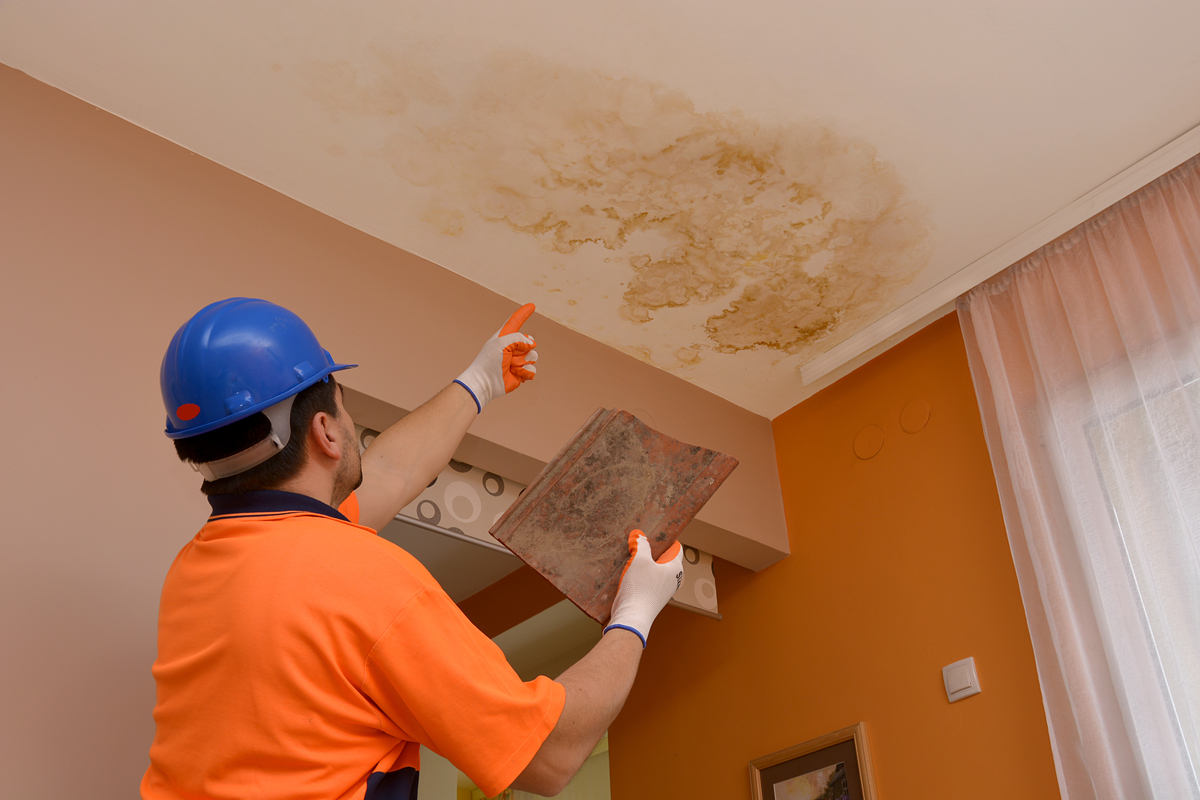Exposing the Key Sources of Leak Problems Inside The Home
Exposing the Key Sources of Leak Problems Inside The Home
Blog Article
What are your opinions about Common Water Leaks In House?

Leakages not only cause waste of water but can additionally cause unnecessary damages to your home and also promote undesirable natural growth. Water leakages could go undetected considering that most of the pipework in our home is hidden. By understanding and also looking for everyday situations that create leakages, you can safeguard your residence from future leakages and unneeded damage. Today, we will consider six leakage triggers that may be creating your pipes to trickle.
Instant temperature level modifications.
Severe temperature adjustments in our pipelines can cause them to expand and acquire suddenly. This growth as well as tightening might trigger fractures in the pipes, particularly if the temperature are below freezing. It would be best if you kept an eye on how your plumbing functions. The visibility of the formerly discussed scenarios frequently shows a high danger.
Corroded water supply
This may be the cause of discoloration or bending on your water pipelines. If our plumbing system is old, think about replacing the pipes since they are at a greater danger of corrosion than the newer versions.
Faulty Pipe Joints
The factor at which your pipes connect is regularly the weakest link in the waterline. Pipeline joints can degrade over time, causing water leaks. The majority of pipeline joints are not easily visible. If you have loud pipes that make ticking or banging sounds, specifically when the warm water is switched on, your pipe joints are most likely under a lot of pressure. It is recommended to have your plumber inspect your system once a year.
Intruding roots
A lot of water leaks begin outside the residence rather than inside it. You could discover damp patches or sinkholes in your lawn, and that may mean that tree roots are attacking water lines causing water to leak out.
Poor Water Connectors
Sometimes, a leak can be brought on by loose tubes as well as pipes that supply your appliances. More often than not, changing is what creates the loosened water Connections. You could discover in the case of a cleaning equipment, a pipe may spring a leakage due to trembling during the spin cycle. In case of a water connections leakage, you might observe water running directly from the supply line or pools around your devices.
Obstructed Drains
Clogged drains pipes may be irritating and inconveniencing, yet they can occasionally end up causing an overflow causing burst pipelines. Keep eliminating any kind of materials that might go down your drains pipes that can clog them to stay clear of such inconveniences.
All the above are sources of leakages but not all water leaks arise from plumbing leaks; some leaks may originate from roof leaks. All leaks should be fixed instantly to stay clear of water damage.
Leaks not just create waste of water however can likewise cause unneeded damages to your home and promote unwanted organic development. By looking and also comprehending for everyday situations that cause leaks, you can secure your home from future leakages as well as unneeded damages. Today, we will look at six leak causes that may be triggering your pipes to drip.
At times, a leakage can be triggered by loose tubes as well as pipes that provide your home appliances. In instance of a water links leak, you might notice water running straight from the supply line or puddles around your devices.
How To Check For Water Leak In Your Home
How To Check for Leaks
The average household's leaks can account for nearly 10,000 gallons of water wasted every year and ten percent of homes have leaks that waste 90 gallons or more per day. Common types of leaks found in the home are worn toilet flappers, dripping faucets, and other leaking valves. These types of leaks are often easy to fix, requiring only a few tools and hardware that can pay for themselves in water savings. Fixing easily corrected household water leaks can save homeowners about 10 percent on their water bills.
To check for leaks in your home, you first need to determine whether you're wasting water and then identify the source of the leak. Here are some tips for finding leaks:
Take a look at your water usage during a colder month, such as January or February. If a family of four exceeds 12,000 gallons per month, there are serious leaks.
Check your water meter before and after a two-hour period when no water is being used. If the meter changes at all, you probably have a leak.
Identify toilet leaks by placing a drop of food coloring in the toilet tank. If any color shows up in the bowl after 10 minutes, you have a leak. (Be sure to flush immediately after the experiment to avoid staining the tank.)
Examine faucet gaskets and pipe fittings for any water on the outside of the pipe to check for surface leaks.
Undetected water leaks can happen without the home or business owner even realizing. If you suspect a water leak, but not able to find the source. It is time to contact a professional water leak detection service, The Leak Doctor.
How To Find a Water Leak In Your Home
https://www.leakdoctor.com/blog/How-To-Check-For-Water-Leak-In-Your-Home_AE197.html

We had been made aware of that report on How Fast Water Damage Can Ruin Your Home from a friend on a different web blog. For those who enjoyed reading our blog entry if you please remember to pass it around. Thanks a lot for going through it.
We're your answer! Report this page